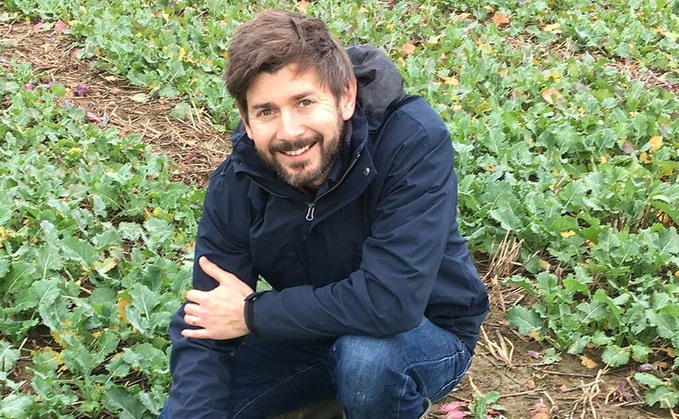
While research is intensifying into producing detailed grower guidance for cabbage stem flea beetle (CSFB) in oilseed rape, experts are providing advice for dealing with it this year. Dr Sacha White,...

While research is intensifying into producing detailed grower guidance for cabbage stem flea beetle (CSFB) in oilseed rape, experts are providing advice for dealing with it this year. Dr Sacha White,...